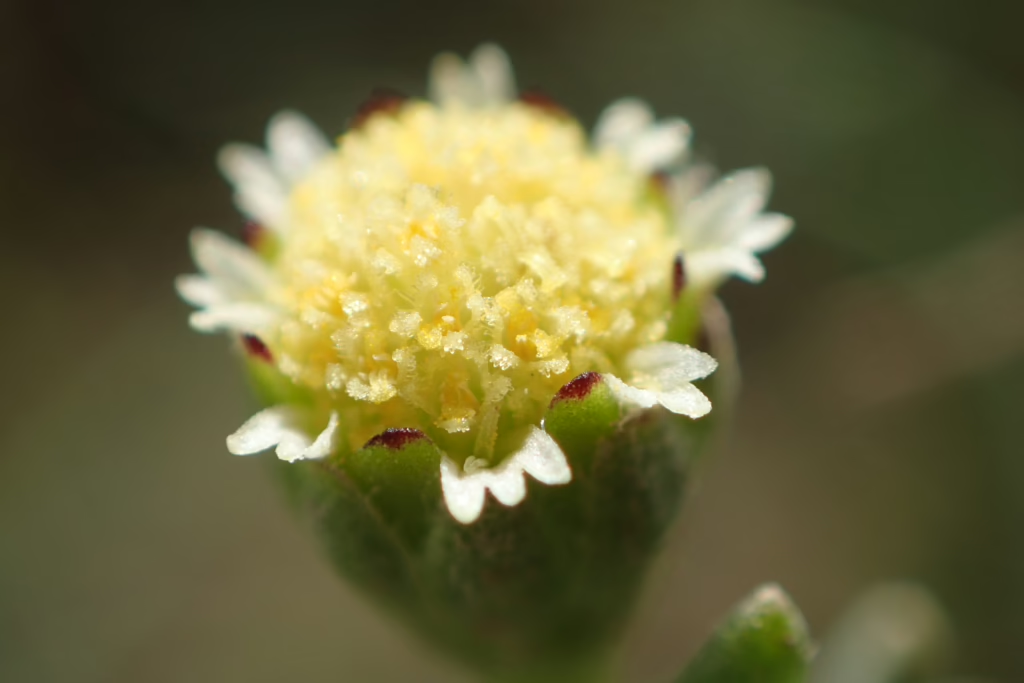March 29 @ 9:00 am – 11:00 am

Meeting Location: Meet approximately 0.5 miles south of Matt Cook Memorial Wildlife Viewing Platform on Warren Ranch Road in northwestern Harris County. The gate for this location is north of the intersection of Warren Ranch Road and Jack Road. GPS coordinates are: 29.96934, -95.84305
Things To Bring: Closed toe shoes and bug spray are recommended. Please bring adequate hydration and other items you may require to be comfortable. It is anticipated that we will be in full sun the entire time, so dress appropriately.
Field Trip Overview: This field trip will be focused on seeing rare species endemic to saline barrens that occur on the Texas coastal prairie. Jason Singhurst (Texas Parks and Wildlife Department biologist) described these habitats as the pyramid dropseed (Sporobolus pyramidatus), bristle-seed sand-spurrey (Spergularia echinosperma), narrowleaf marsh elder (Iva angustifolia), and Texas prairie dawn (Hymenoxys texana) herbaceous vegetation community of the Houston Saline Prairie. There are several other unique species that we may find including Texas windmill grass (Chloris texensis) and Texas Willkommia (Willkommia texana). The below talk by the field trip leader on YouTube and paper by Singhurst are suggested reference material to review prior to field trip to help participants understand these unique systems.
Additional Flora Information: https://www.phytoneuron.net/2014Phytoneuron/19PhytoN-Hymenoxystexana.pdf
Field Trip Leader’s Talk About Saline Barrens: https://www.youtube.com/watch?v=YgbwKeKJwoI&t=1223s
Additional Site Information: https://www.coastalprairieconservancy.org/
Waiver to Fill Out: https://www.coastalprairieconservancy.org/waiver-of-liability-release-and-indemnity-and-media-release-form
Additional Coordination Details: Please contact Bob Romero for any further coordination details at
bobromero@gmail.com or by phone at 713.248.6030.



